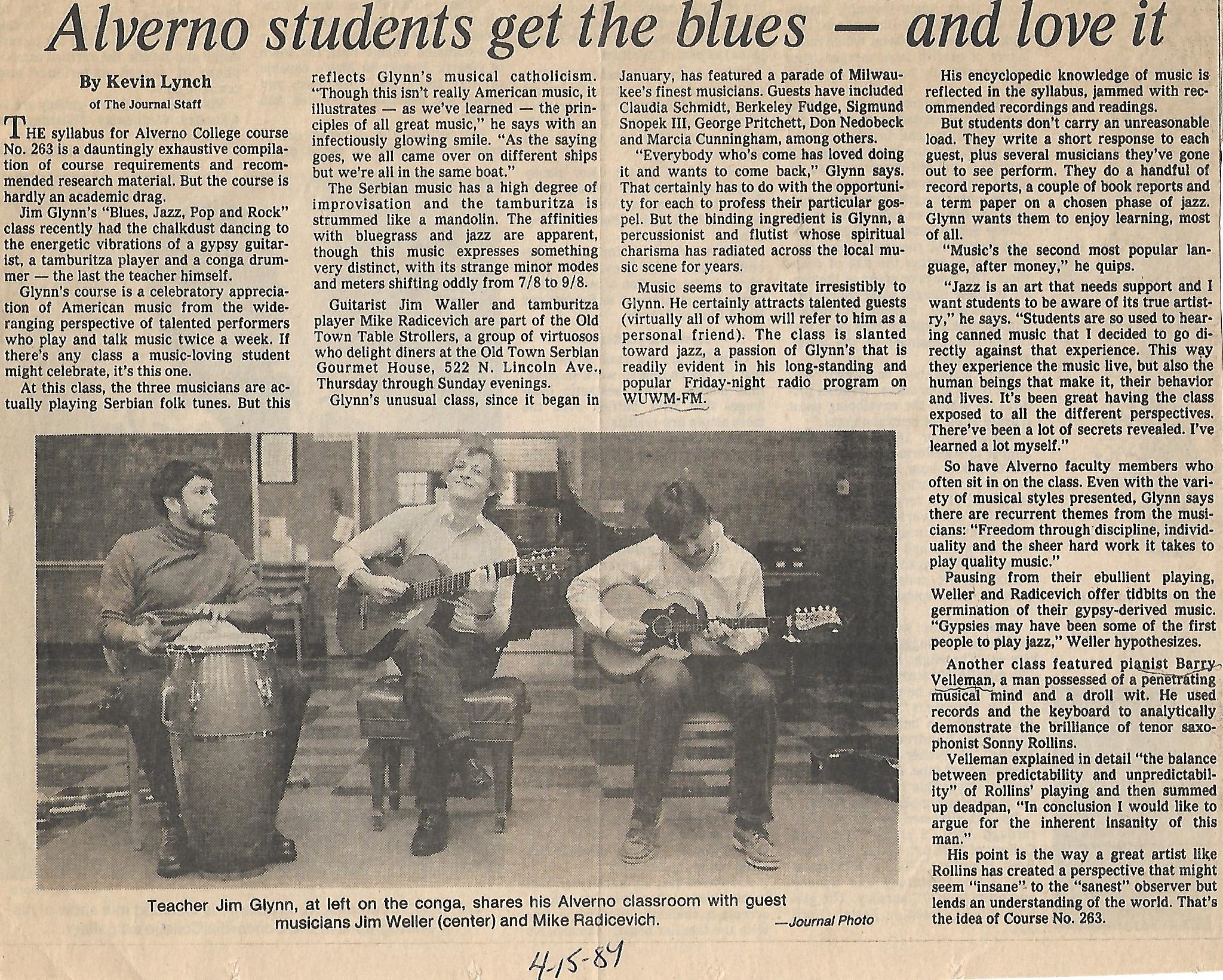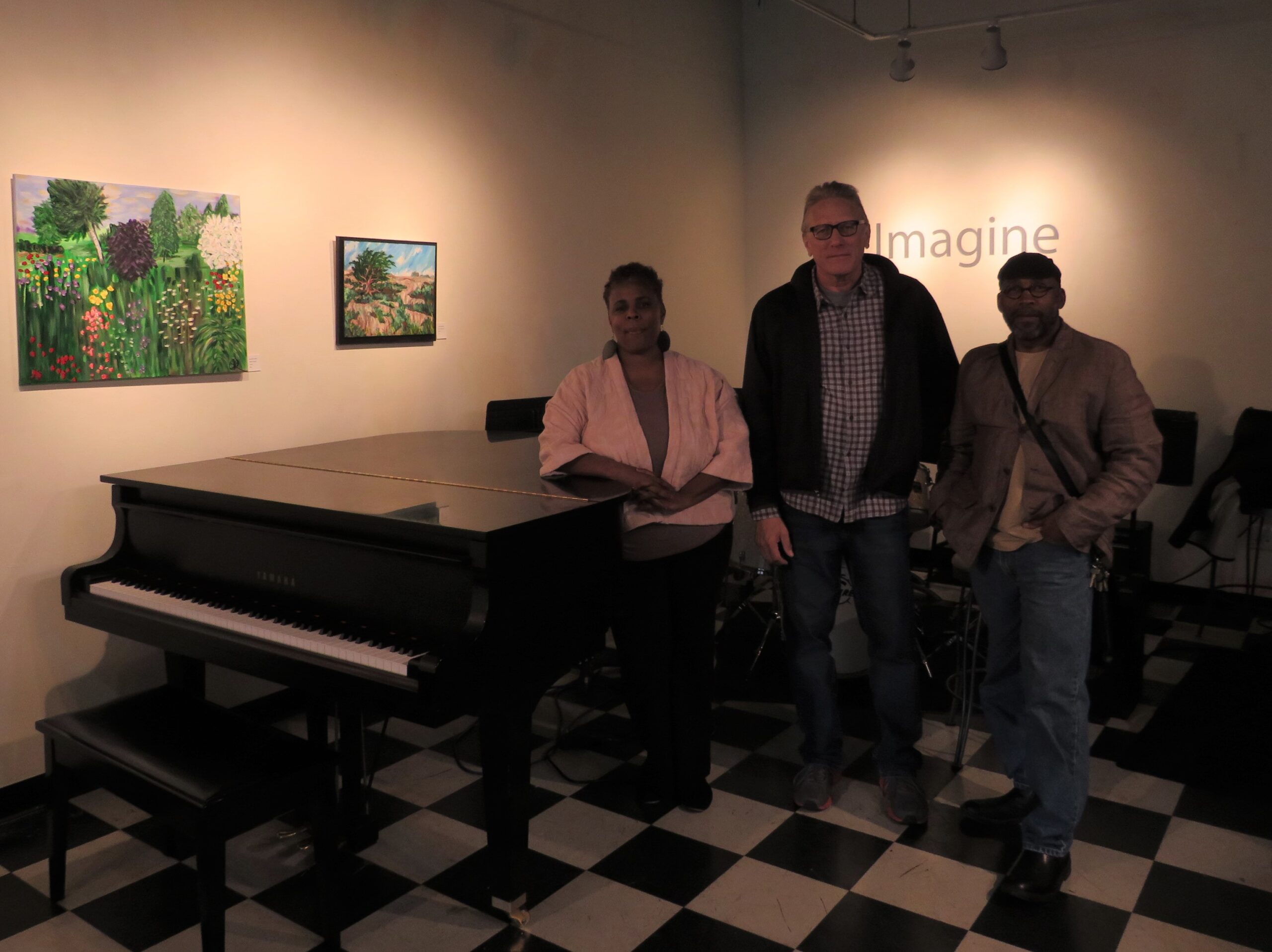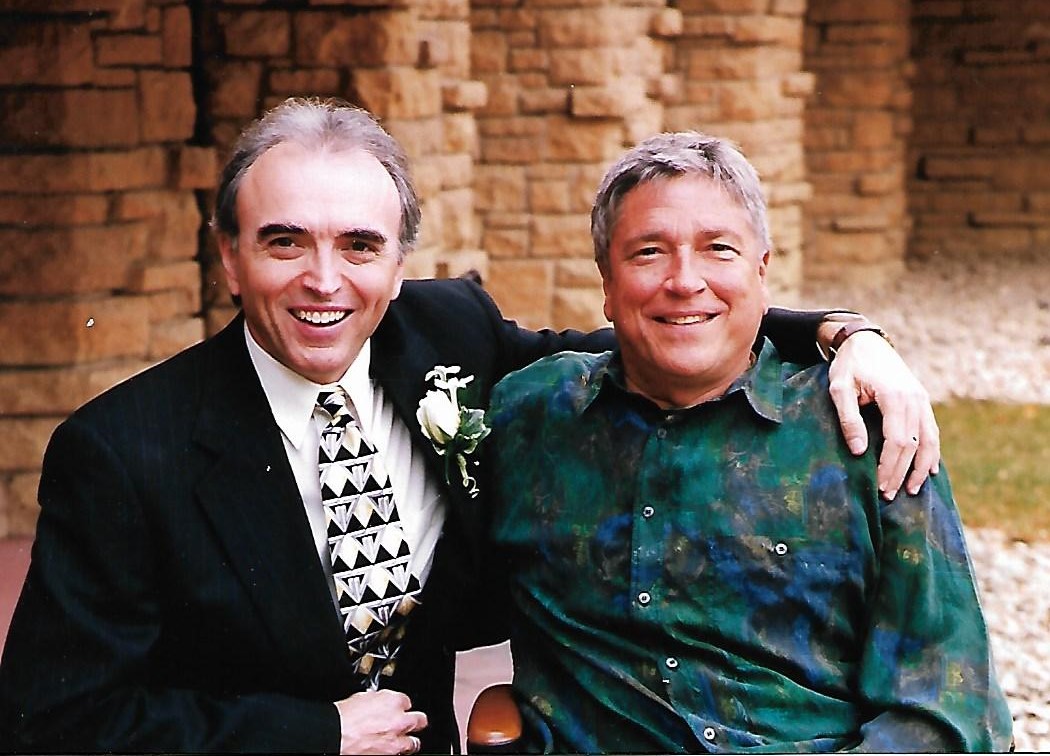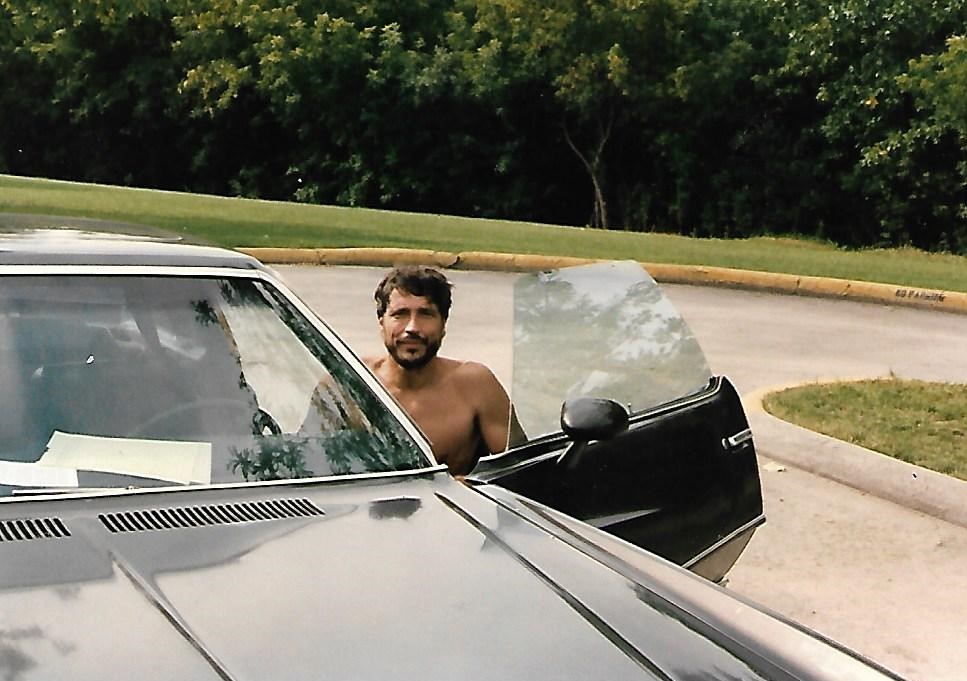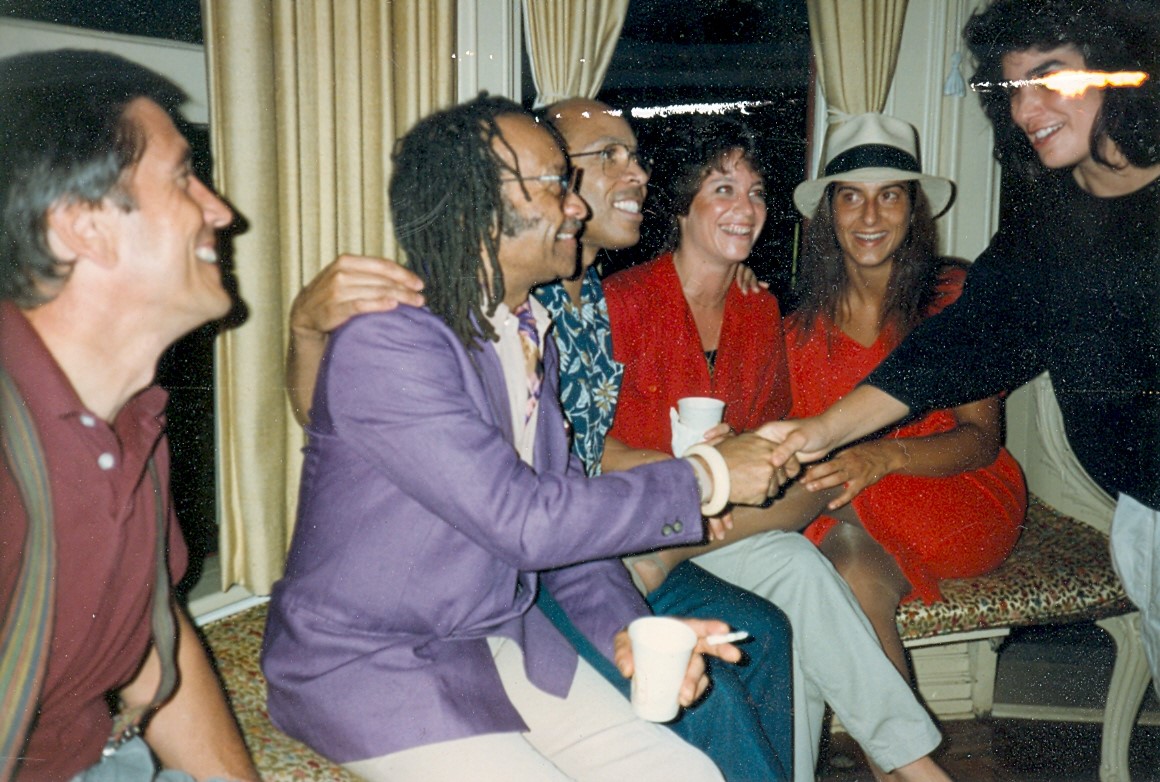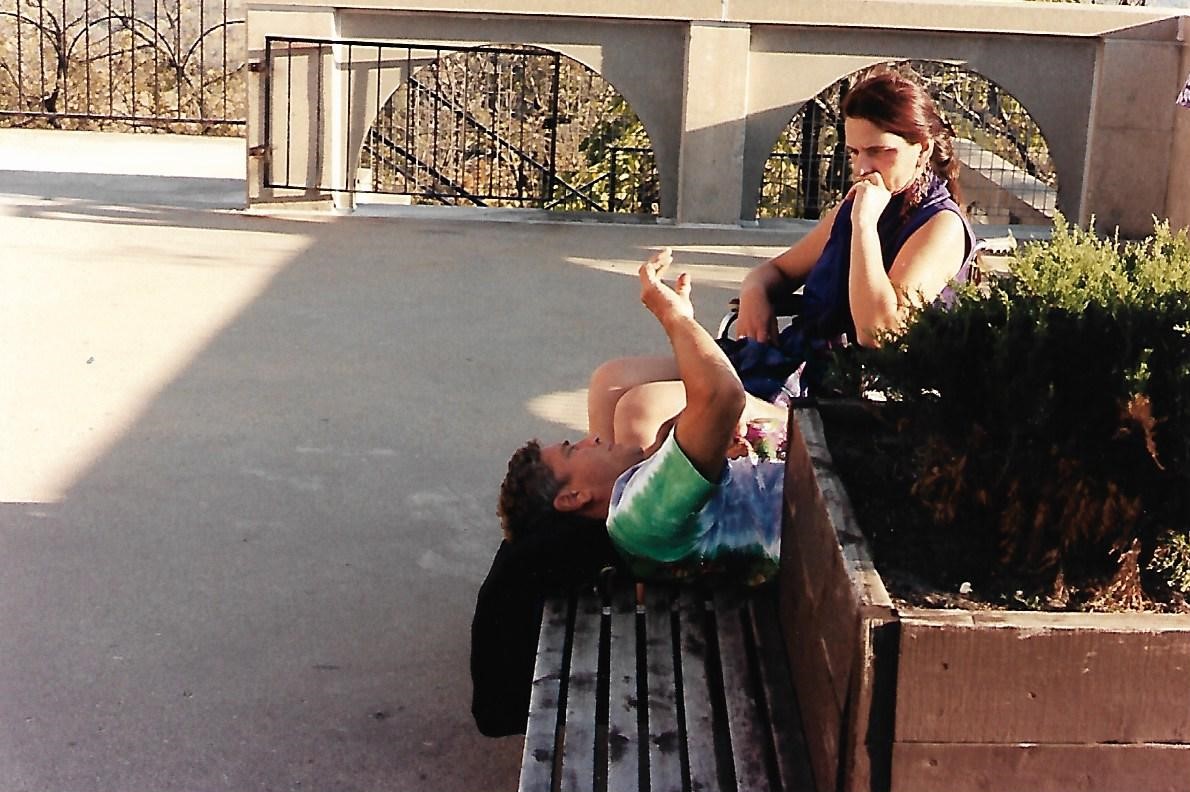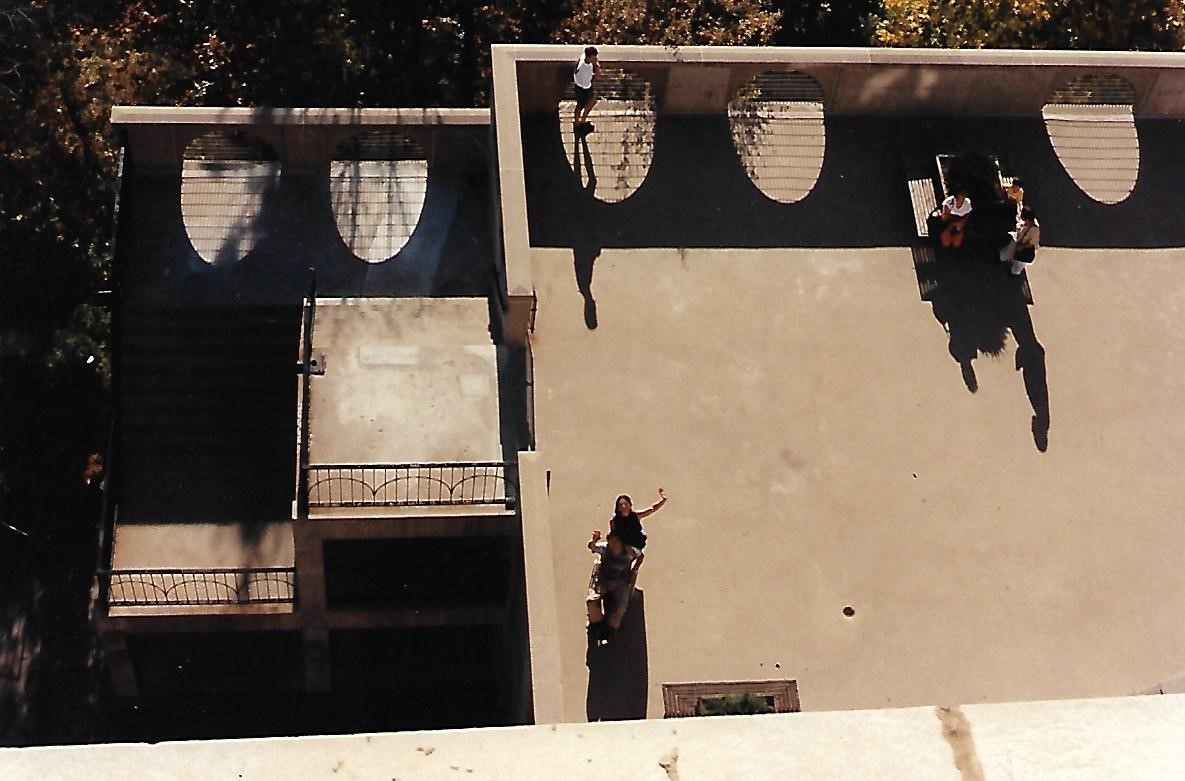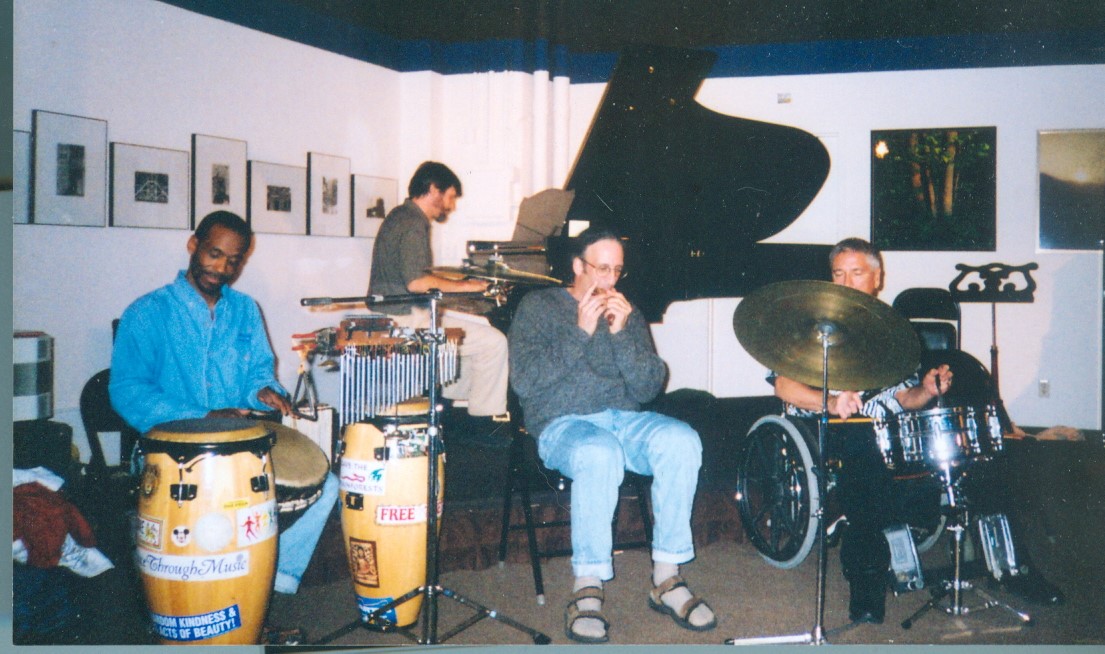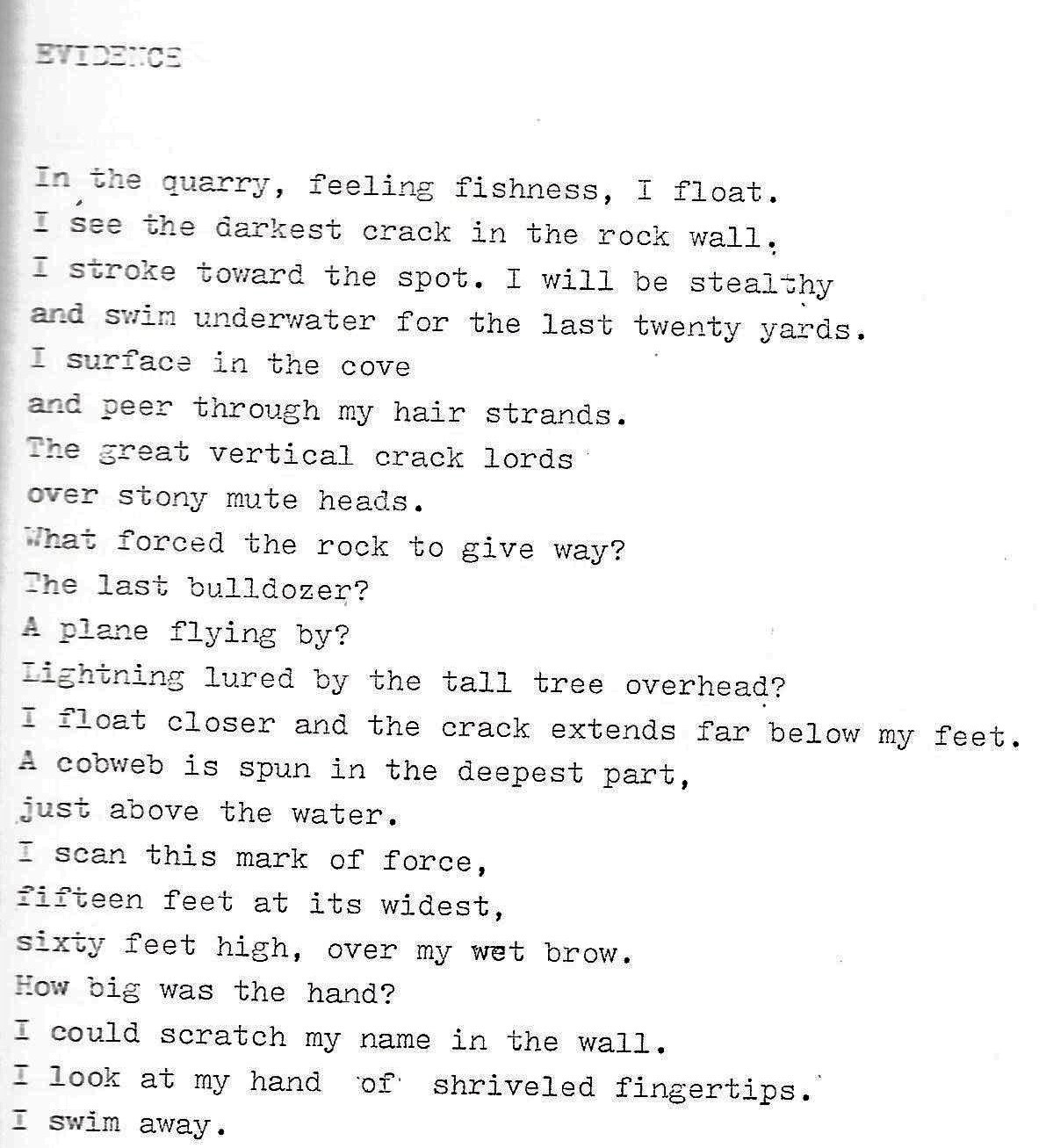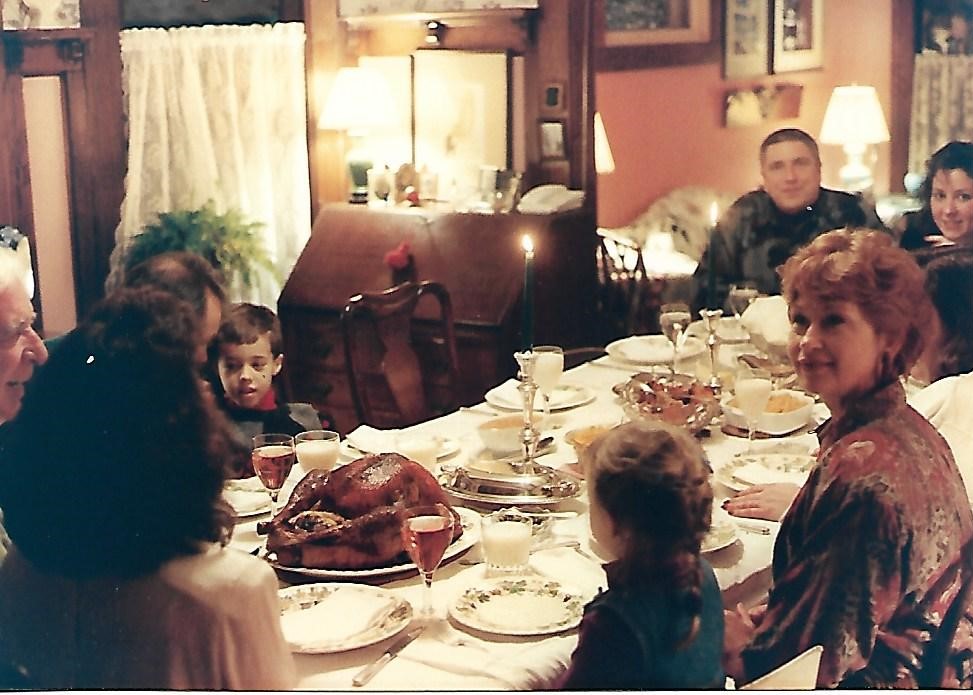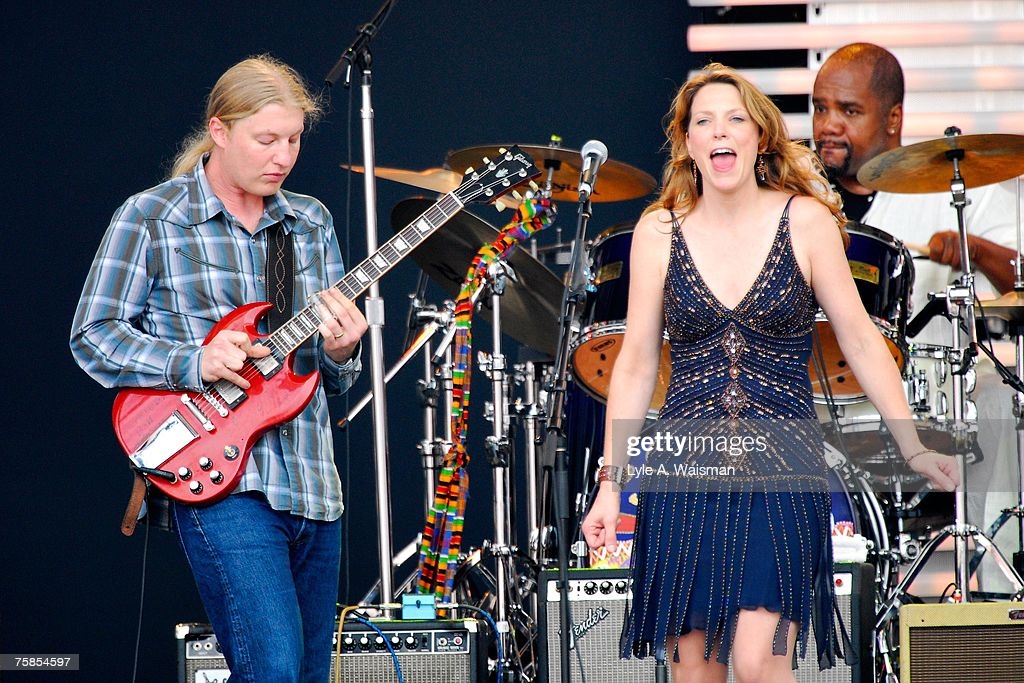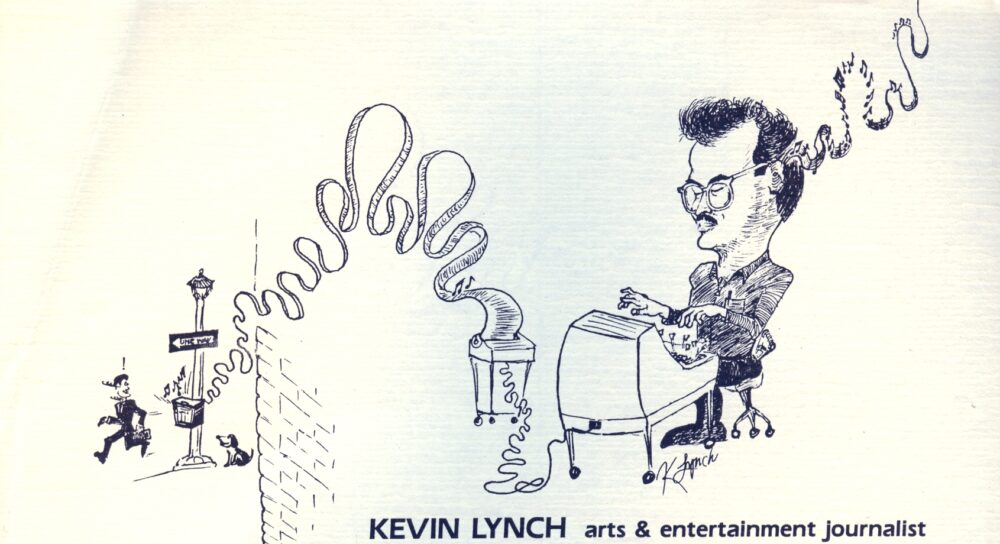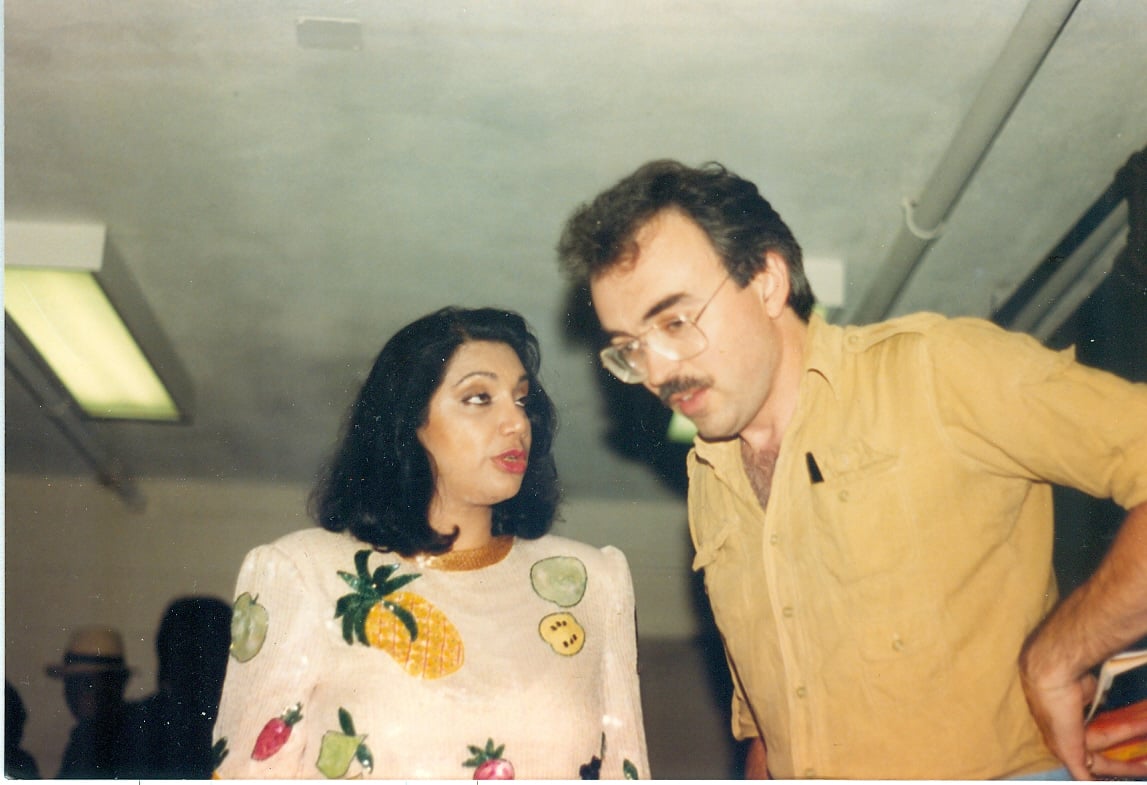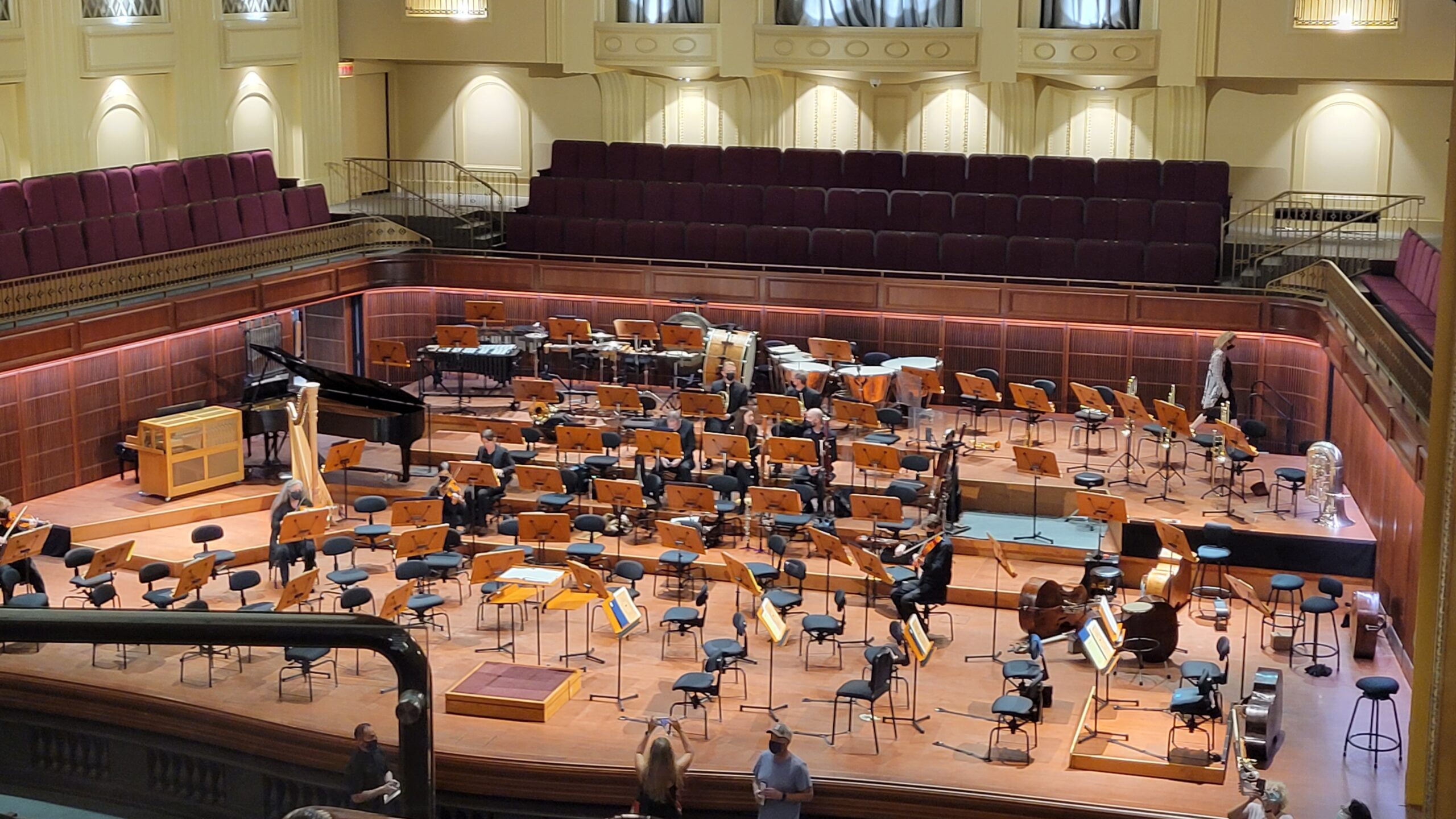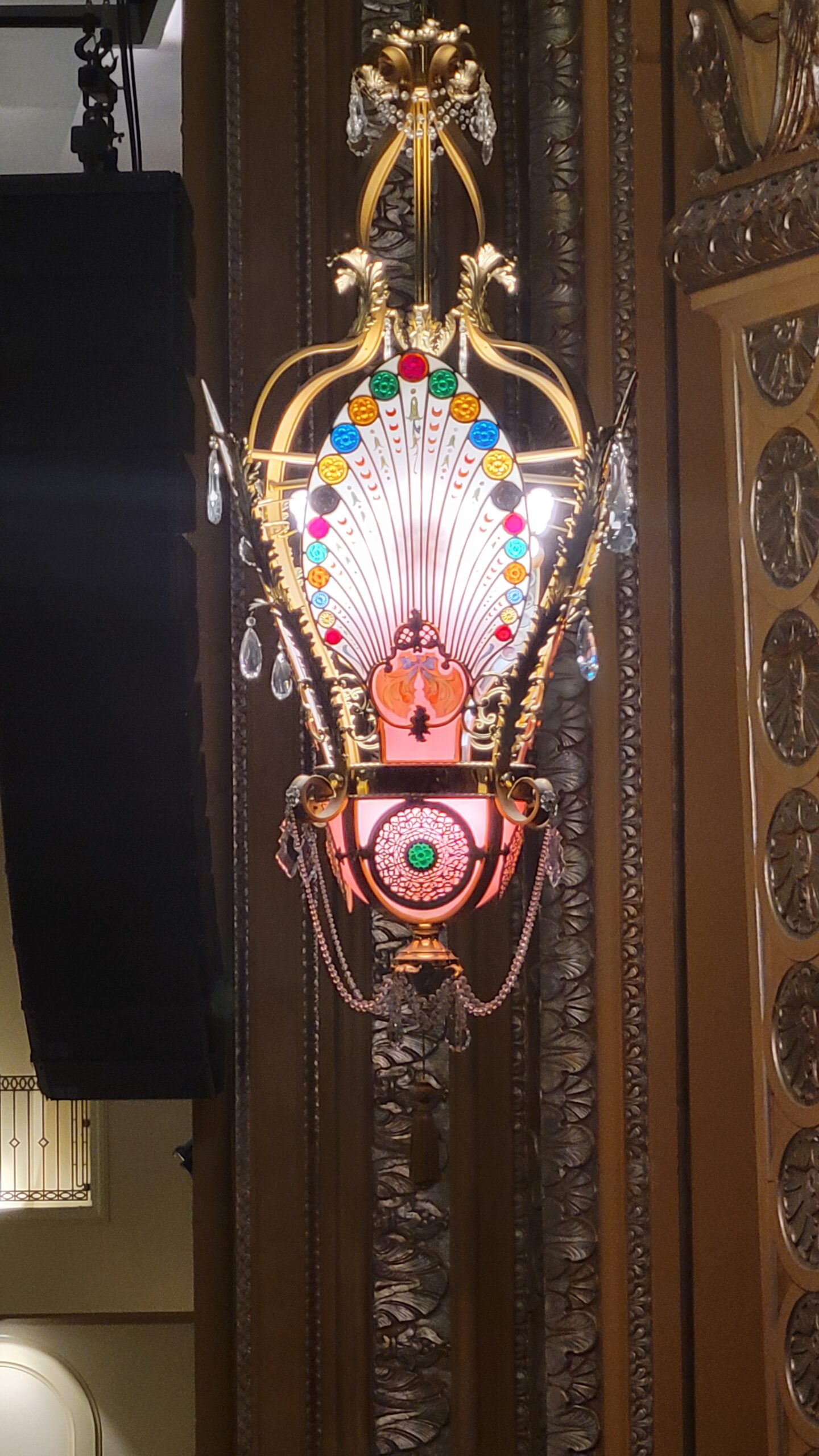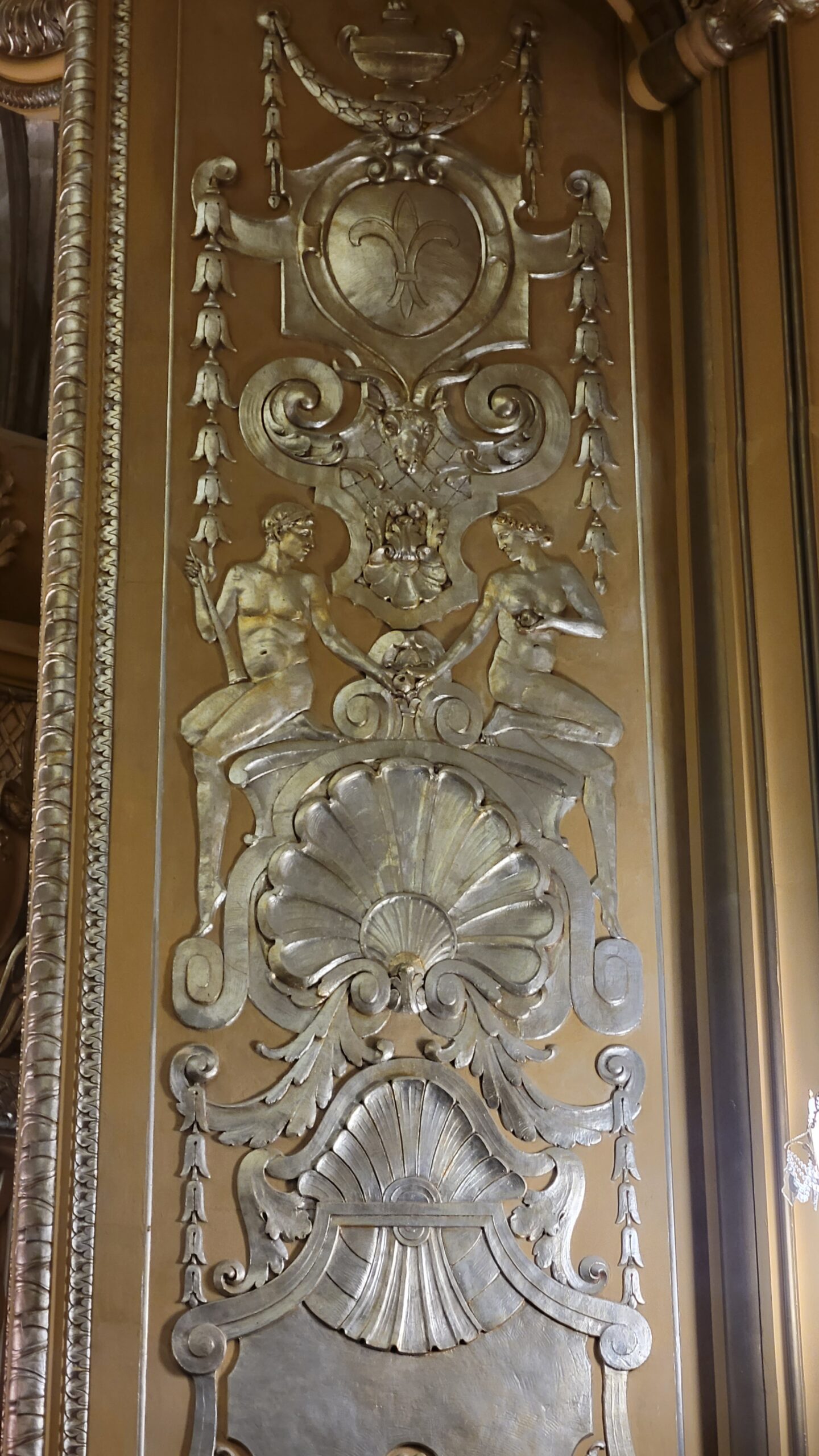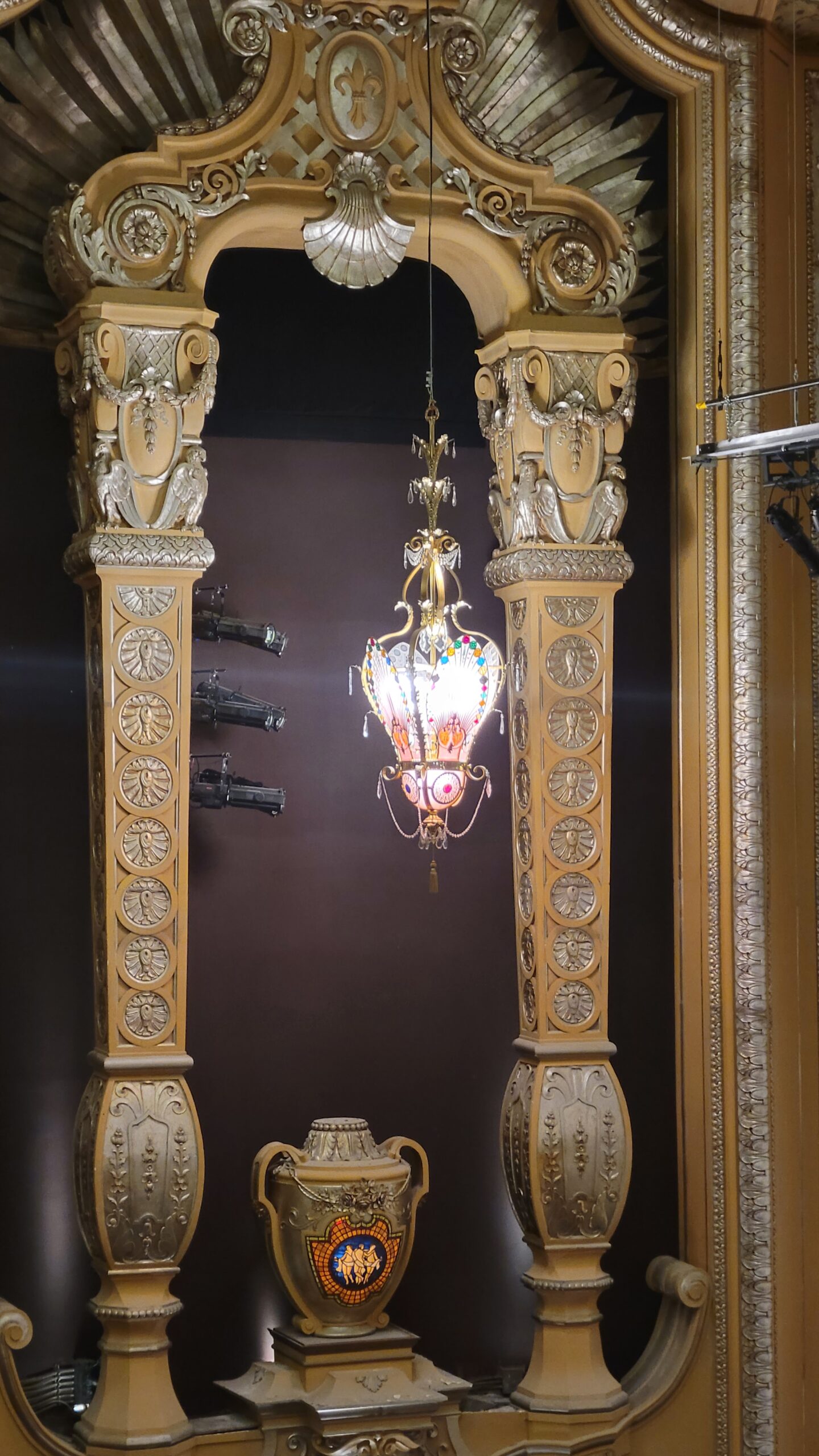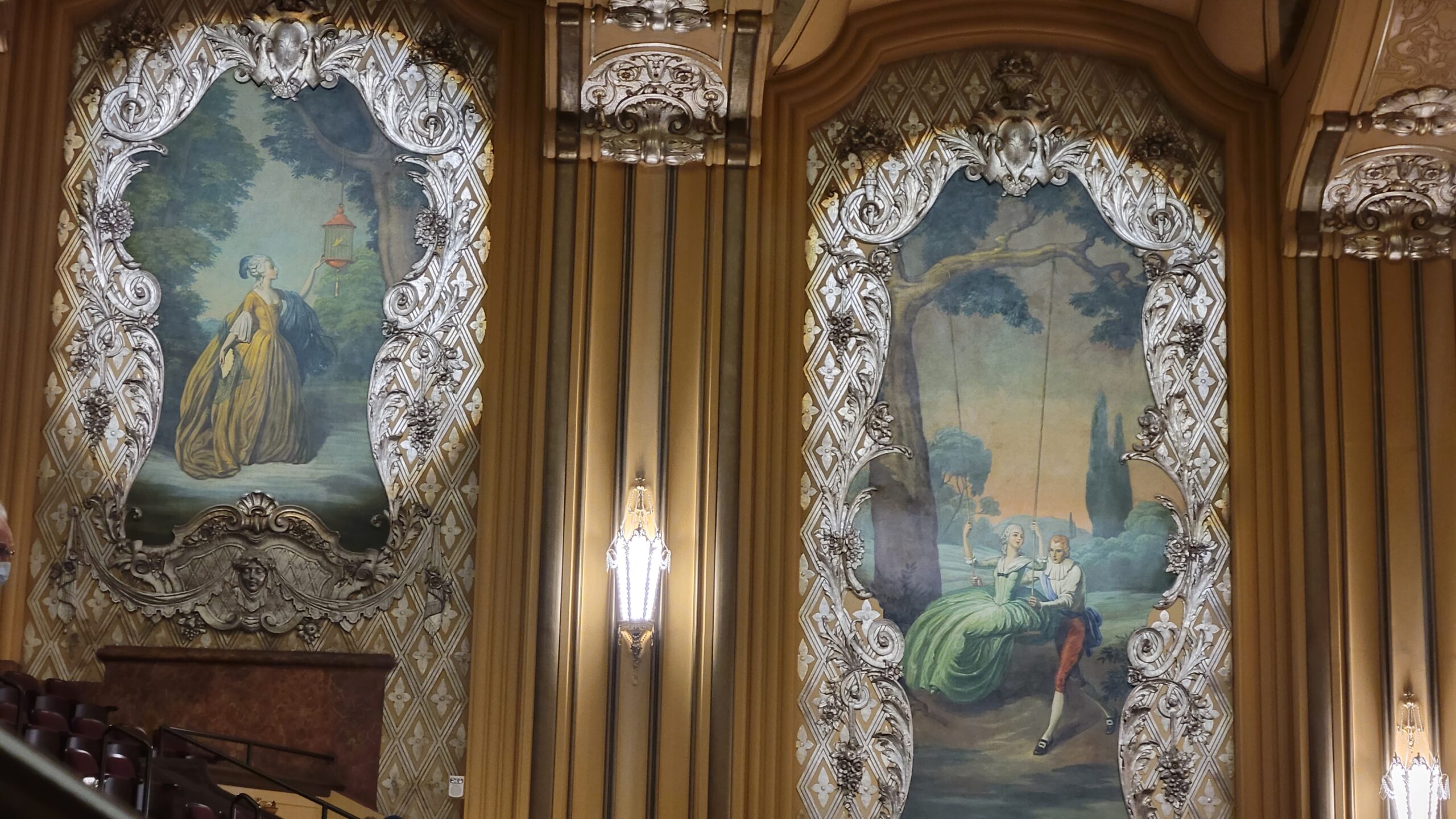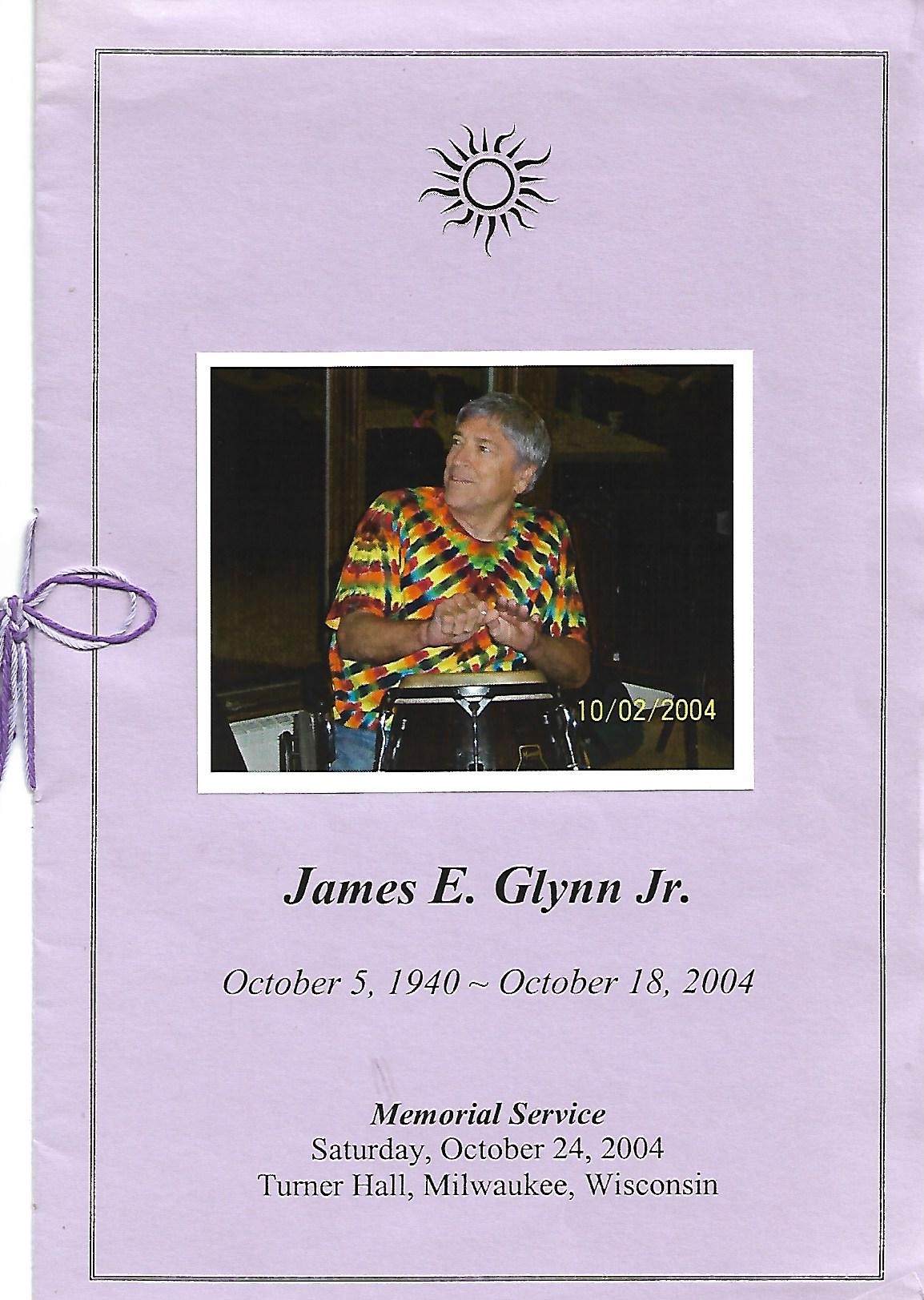
Ed. note, This “Jim Glynn Part 2,” was accidentally posted a few days ago, even though obviously unfinished. I discovered that belately, after being out of town. Thanks for the generous “likes,” but here is the finished post.
It was gratifying, but no great surprise, that many people responded to my last Culture Currents posting, with a vast array of comments and stories and appreciation of the late Jim Glynn. I now realize I can’t leave this subject at that. I need to add more to this man’s story and legacy, in my small way. Thus, this follow-up blog post.
What dawned on me today was about what Jim signified and how he functioned in our lives, meaning those who knew and were truly touched by him. In retrospect, it seems that for me, and I suspect a number of our other people, that this extraordinary Irishman may have been his own sort of “guru.” I believe he came to his wisdom the hard way, as perhaps most wisdom arrives, through the extraordinary trials, suffering and indignities that his paraplegia visited upon him over the course of most of his adult life.
I never really thought of him that way when he was alive, and I realize the “guru” notion may prompt a few eye rolls, but I doubt much among those who knew the man. Thinking back, I always felt somewhat blessed by his presence, and inspired, and perhaps, if I was lucky, even enlightened a bit by the restless seeker in him, in all its manifestations, towards what I recently called “enlightened serenity.”
This got me to thinking about a book I own and cherish, written by perhaps the most brilliant teacher I have ever had: Professor Ihab Hassan, an acclaimed literary critic, whom I had the privilege to study with in a graduate English lit seminar at UW-Milwaukee in the mid-1980s. And the notion of Jim’s seeking, or his quest in life — quiet as it may have seemed — led me back to Hassan’s superb book Selves at Risk: Patterns of Quest in Contemporary American Letters.
I also thought part of Hassan’s rather poetic rigor (no oxymoron with him) and perspective came from being an Egyptian, emigrated to America at age 20, then specializing in American literature (His 1961 book Radical Innocence: The Contemporary American Novel, made his name in the literary world). Jim responded to the culture and wisdoms of the East, and Egypt is perhaps the most mystical (as in Eastern, more than Arabic) of Middle Eastern cultures.
In his introduction, Hassan characterizes “the seeker” he is trying to illuminate in his book, and, the more I recall Jim and his spirit, the more I feel that he was something of the kind of seeker Hassan contemplates and investigates in his book. I will quote from it:
“The seeker, as I hope to show, has many faces. But he is not characterless or faceless. He is certainly self-reliant, tolerant of risk. He is mobile. He seeks a meaning, even if danger must attend his pursuit; he intuits that individuals need and consume meanings far more than products. And he suspects that the sacred…camouflages itself in that pursuit…he disdains vicarious jeopardy, pseudo-risks, packaged by prurient media or proffered by amusement parks. He knows unreal America. He knows, therefore that in venturous quests he may recover reality, constitute significance, maintain his vigor, all in those privileged moments of being when life vouchsafes its most secret rewards (my italics). Is this not the whole sense of Emersonian experience?” 1
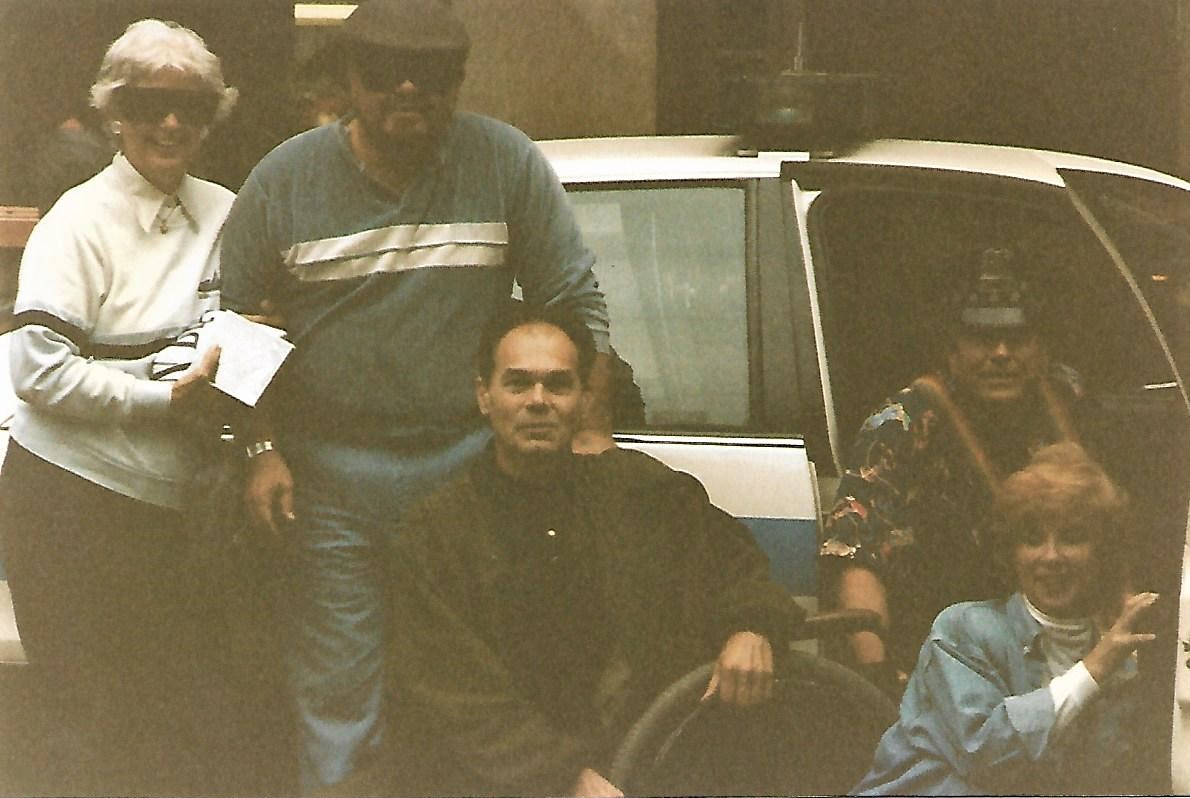
This photo illustrates how Jim Glynn could transform risk into reward with quick, deft wit and charm. I believe he had double-parked in Chicago’s Loop with some friends and, sure enough, the cops pulled up. Jim swiftly disarmed them (not literally) and, before we knew it, he’d “borrowed” their squad car for this crazy scene! Jim’s in the car at right, in his psychedelic shirt, wearing a Chicago cop’s hat, with our bemused friend Mitch (Mitar) Covic, to Jim’s left. The woman below was Jim’s current girlfriend (name escapes me) and the two to the far left were Jim’s friends who I didn’t really know. Photo by Kevin Lynch
Hassan’s characterization of an American archetype (especially that which I italicize), seems to fit Jim Glynn perfectly. As my first post indicated, he was amazingly mobile, despite his paraplegia and, man, did he seek meaning more than products (musical recordings aside), even despite danger.
His questing was largely manifest culturally, beyond good friends and acquaintances (“brothers and “sisters”) through his long-time radio show’s expansively “out there” musical variety: Not simply esoteric, but capable of gracefully bringing back in the general listener by integrating popular, or at least vernacular music, of many sorts. Few disk jockeys I’ve heard did this as well. Not even the great Milwaukee DJ Ron Cuzner, to compare another jazz-oriented programmer, who really “limited” himself to jazz. WMSE today still does have some arguably comparable like “Tom Wanderer” or Paul Cebar, and to a degree “Dr. Sushi,” for those with strong jazz tastes. WUWM’s Bob Reitman remains great, but with largely a ’60s-’70s throwback show.
Clearly Jim’s questing, and ability, to swim across mile-wide and unpredictable Elkhart Lake with arms, signifies that quest. This swim was beyond my ability, by contrast to a few more-capable swimmer/amigos, like Harvey Taylor, Tom Truel, Heiko Eggers, and perhaps Tim Reichart, at a genuine level of physical danger and risk. Truel admits he needed professional scuba fins to “pull this off” with Jim, and just barely.
Truel’s generous and detailed e-mail response to me, a remembrance/tribute of it’s own, underscores what I’m driving at here.
Time, as Tom notes, was a profoundly relative term in Jim’s seemingly timeless quest” Tom writes:.
“I call it ‘Jimmy Glynn Time’. You might get together with Jim for a swim day and to truly enjoy it, one needed to clear the calendar for the day. ‘We will leave at 10AM from my house.’, would become 11 or 11:30. Time was never wasted. Many preparations. Plenty of yuks (eg. see photo above) and endless chat of music, great women and sacred herb. Not a boring delay to say the least, as long as one made no plans for the day and if you knew what you were getting into — no plans were made. With Jim –‘The Journey Was The Adventure’.”
(I’ll add that Jim wasn’t above transgression. I know that he drove his car many times under the influence of herb. Illegal yes, but, as with most comparative aspects of herb consumption, I consider that far less dangerous than drunken driving. Also, in his early radio years at WUWM, Jim would invite friends to the studio during his late night show, and everyone would partake of the “sacred herb,” whether toking or “indirectly,” amid the celestial cloud-offering to the bodiless goddess Mary Jane, suffusing the studio on high.)
Then, Tom Truel recalls: “(Jim, the DJ, is getting ready to play Dylan’s “Time Out Of Mind” in its entirety, one of his favorites, to set the mood and leave a clue in regard to shadow elements as well.)”
So I’m trying to work my way out of the “shadow elements” before they recede too far into the mists of time, or transcendence?
Another even more dramatic example of Jim’s seeking, regardless of danger, may have led directly to the accident that disabled him. I’m going to speculate here a bit, as Jim never told me the full details of the accident in any self-dramatizing or aggrandizing way. But consider the very fact that he was driving a Jeep (still infamously unsafe vehicles in the 1960s) through the Alps on a trip from Germany to France. Perhaps it was a personal trip but more likely military duty which, as a soldier, he would probably have volunteered for — given the risk and isolated, extended nature of it.
There was GI Jim Glynn, in the process attaining the sort of ultimate natural high he would strive to later simulate, or somewhat achieve, through exploratory creative music, simpatico friendship and marijuana. And then, in a sudden fated instant, he was tumbling, but also flying, through the air, in the mountains. This recalls a great Herman Melville notion of “a Catskill eagle in some souls” 3
Or, less exaltedly, Townes Van Zandt’s simpler image of “to live’s to fly, both low and high,” in his masterful song, “To Live’s to Fly.”
The last two-part chapter of Jim Glynn’s life-mission, finally was to leave Milwaukee — the city where many people loved him to varying degrees and to which he’d given so much — and embark on a late-life quest, by himself. He said he felt this city had grown stale for him. To the shock of many friends, he moved to Portland, Oregon, while a paraplegic in his early 60s.
It all soon fell apart. A “friend” who helped Jim move in, then ripped off a couple of boxes of “personal papers,” Jim said, which really had little value except to Jim himself.
He did some radio shows for the local Portland community station and the NPR outlet. Then one day he fell, probably on a rainy Portland street, and broke his leg, and found himself laid up with a large cast for quite a while.
Then he was diagnosed with bladder cancer, possibly the result of his constant need for a catheter, and being out there without a girlfriend/caretaker his hygiene likely suffered. .To say the least, Jim never really found his mojo in Portland.
Another person who addressed his quest was writer Doug Hissom, in his excellent 2004 Shepherd Express feature on Jim when he returned home. Hissom opens simply and directly, “Jim Glynn has come home to die.” He’d found the Portland jazz scene amazingly similar to Milwaukee, “I found that jazz has a precarious toehold these days. To my horror. The extensive music scene (in Portland) Is aimed at people under 25.”
Yet, amid loneliness in the Northwest, his painful seeking earned wisdom and serenity. “I suddenly found myself a man without a country. I just realized one day, that yeah, it’s time to come back for my people. Where my roots are. It’s just time to come back to Milwaukee.
“They say you can’t come home again and some of that is right. But my rhythm’s gotten back. I’ve got back into a natural rhythm
“It’s the Zen feeling and Zen quality in Milwaukee where you can move at what I thought was a slow pace before, but now it’s about right.” Hissom writes that Jim was going to try to get back on the radio and spend some time in the clubs. “It’s like a whole world opened up to me when I came back,” Jim continued.
Then he told Hissom the same thing he said to me. “I really don’t know how much time I have. They say I’m really sick, but I don’t act sick. They told me today it’s a short time, maybe. But I’ve no idea.”
Hissom’s article ran in the Shepherd Express September 30-October 6, 2004 edition. Now, please note the photograph of Jim (at the top) from his memorial brochure. The photo was taken October 2, and there he is, with his rhythm back, paradiddling his conga drum, at a jam in a club.
On October 18, Jim took his restless quest for enlightened serenity out, to the greatest unknown of all.
_____________
- Ihab Hassan, Selves at Risk: Patterns of Quest in Contemporary American Letters, University of Wisconsin Press, 1990, 13
- ““There is a wisdom that is woe; but there is a woe that is madness. And there is a Catskill eagle in some souls that can alike dive down into the blackest gorges, and soar out of them again and become invisible in the sunny spaces. And even if he forever flies within the gorge, that gorge is in the mountains; so that even in his lowest swoop the mountain eagle is still higher than the other birds upon the plain, even though they soar.” — Herman Melville, Chapter 96, “The Try-Works,” Moby-Dick.
Like this:
Like Loading...
